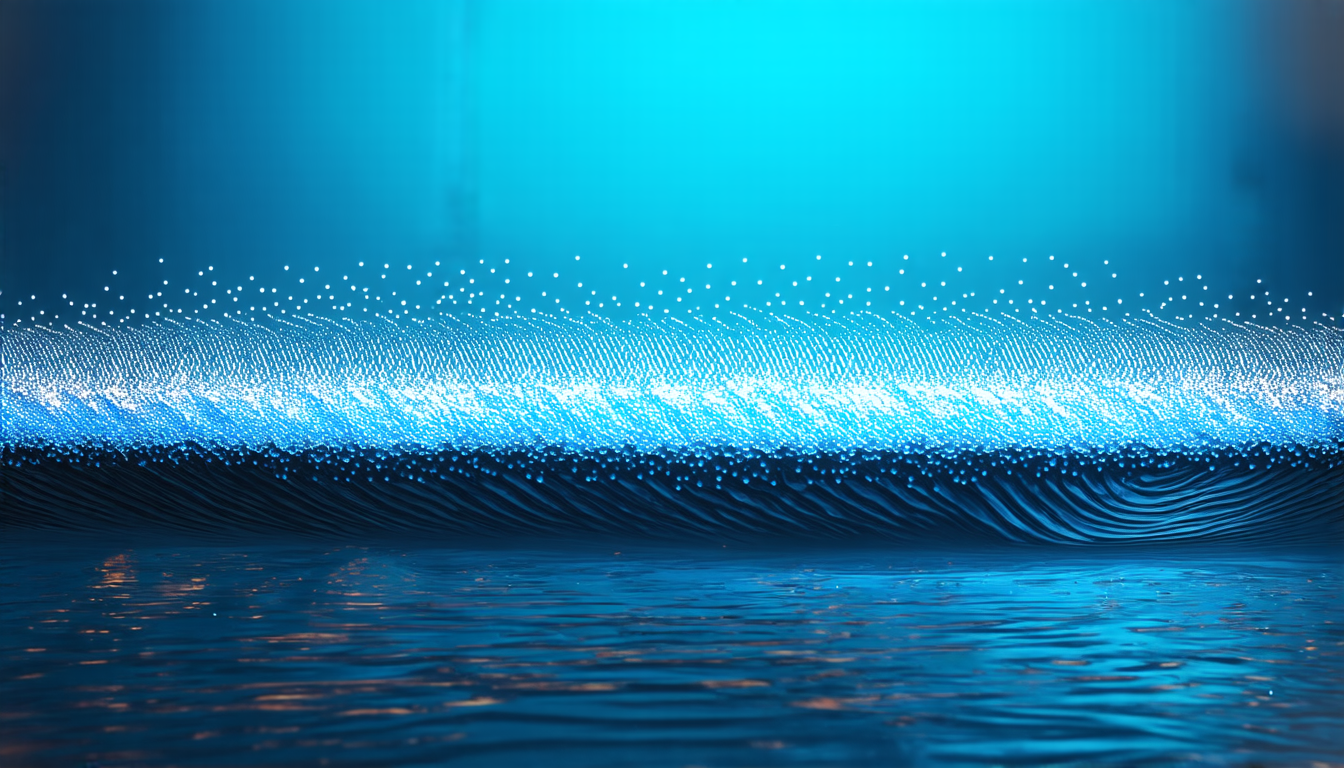Monday 07 April 2025
The dynamics of density waves in active matter systems, where particles move and interact on a surface, have been studied extensively in recent years. These systems are of great interest due to their ability to exhibit complex behaviors, such as pattern formation and self-organization.
Researchers have long sought to understand how the addition of hydrodynamic flow affects these dynamics, particularly in systems where the particles act as surfactants, reducing the surface tension of a liquid. In a recent study, scientists investigated this phenomenon by modeling the behavior of a colony of self-propelled particles on the surface of a thin viscous film.
The team developed a simplified dynamical model that couples density, polar order parameter, and nematic order parameter fields to describe the system’s behavior. They found that as they increased the Marangoni parameter, which measures the relative strength of the Marangoni flow compared to the self-propulsion speed of the particles, the density waves broadened in the direction of propagation.
However, the team also discovered that the dynamics changed depending on the mean concentration and wavelength of the waves. In some cases, the waves’ speed increased with increasing Marangoni parameter, while in others it decreased or remained constant. The researchers found that at larger mean densities, the destruction of the waves by the Marangoni flow occurred through a different scenario.
The study’s findings have significant implications for our understanding of active matter systems and their behavior in response to external stimuli. The researchers’ model provides a useful framework for studying the dynamics of density waves in these systems, allowing scientists to better understand the complex interactions between particles and their environment.
The team’s work also highlights the importance of considering hydrodynamic flow in these systems, as it can have a significant impact on the behavior of the particles. This knowledge can be applied to a wide range of fields, from biology to engineering, where understanding the dynamics of active matter systems is crucial for developing new technologies and treatments.
The study’s results also shed light on the similarities between active matter systems and reaction-diffusion systems with advection, where chemical fronts move through a solution. By studying these similarities, scientists can gain a deeper understanding of the fundamental principles underlying the behavior of complex systems.
Overall, this research has significant implications for our understanding of active matter systems and their response to external stimuli. The team’s findings provide valuable insights into the dynamics of density waves in these systems and highlight the importance of considering hydrodynamic flow in future studies.
Cite this article: “Swimming Against the Tide: How Liquid Flows Affect the Behavior of Self-Propelled Particles”, The Science Archive, 2025.
Density Waves, Active Matter, Surface Tension, Surfactants, Marangoni Flow, Self-Propelled Particles, Thin Viscous Film, Hydrodynamic Flow, Pattern Formation, Reaction-Diffusion Systems







